***The theory of anatomy and physiology ala Ibn Sina***
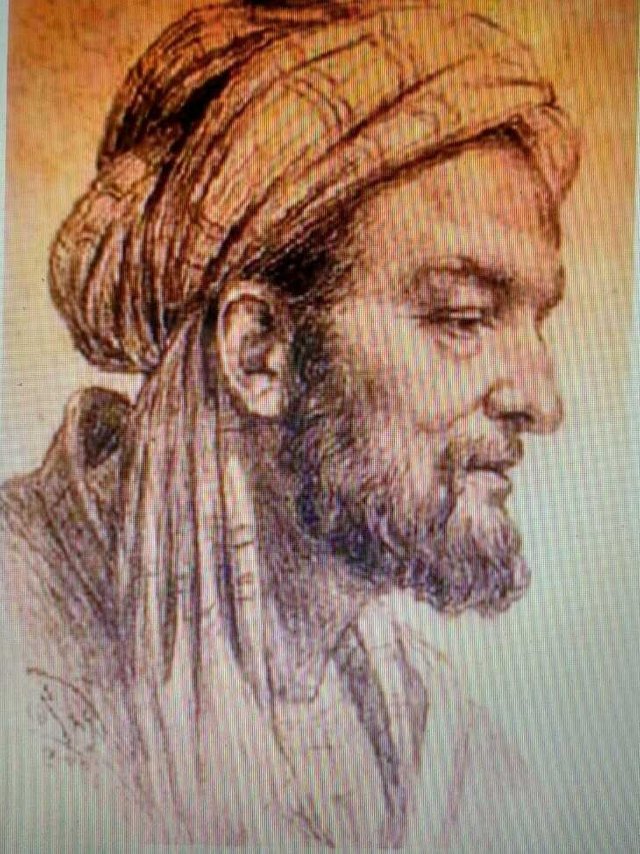
The theory of anatomy and physiology ala Ibn Sina
The theories of anatomy and physiology in his books illustrate the human analogy to the state and microcosm (small world) to the semester universe as a macrocosm (the big world). For example it is depicted that heaven is round and the earth is square, thus the head is round and the foot is four square. There are four seasons and 12 months of the year, with it having four stalks and arms (limbs) having 12 joint bones. The heart is the 'prince' of the human body, while the lungs are the 'minister'. The neck is the body's 'window', when the gallbladder is its 'center head'. Spleen and stomach as 'bumbung' while the gut is a communication system and exhaust system.
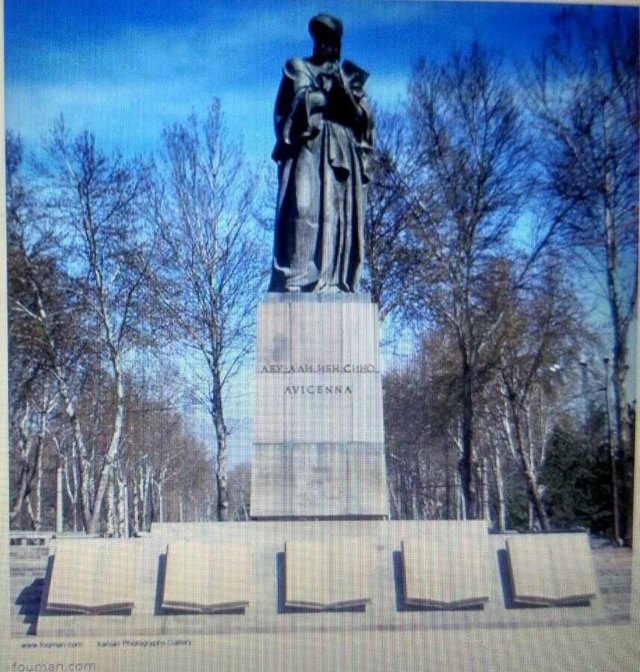
Ibn Sina, Father of World Medicine
Ibn Sina received the title of "Medicorum Principal" or "King of Doctor" by the Latin Scholastics. He was also given the title of "Drug King". In the Islamic world, he is regarded as "Zenith", the highest peak in medical science.
The title of asy-Sheikh ar-Rais (Grand Mahaguru Utama) also bears Ibn Sina for his services to heal illness. The story begins when King Bukhara, Noah bin Mansur (reigned 366-387 H) fell ill calling Ibn Sina to treat and treat it. At that time Ibn Sina was 18 years old. At that time the sultan's illness was in severe condition and no other doctors managed to treat it. However, thanks to the help of Ibn Sina, the King recovered.
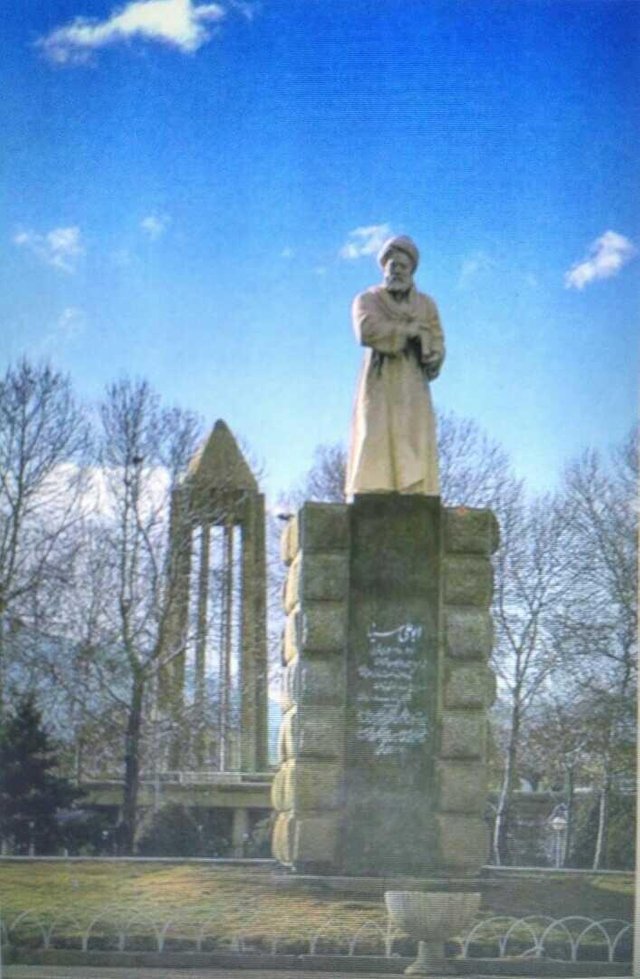
Ibn Sina, geographer
Ibn Sina is also a geographer who is able to explain how rivers relate and come from mountain-mountains and valleys. He was able to propose a hypothesis or theory which at that time failed to do by the Greek and Romani experts from Heredotus, Aristotle to Protolemaious. According to Ibn Sina "the towering mountains are the layers of the earth's crust, when they are struck, they are changed because the rivers are tearing down their edges. As a result of such a process, then there came the so-called valleys. "
Ibn Sina, geologist, chemist, and cosmologist.
The theory of anatomy and physiology ala Ibn Sina
The theories of anatomy and physiology in his books illustrate the human analogy to the state and microcosm (small world) to the semester universe as a macrocosm (the big world). For example it is depicted that heaven is round and the earth is square, thus the head is round and the foot is four square. There are four seasons and 12 months of the year, with it having four stalks and arms (limbs) having 12 joint bones. The heart is the 'prince' of the human body, while the lungs are the 'minister'. The neck is the body's 'window', when the gallbladder is its 'center head'. Spleen and stomach as 'bumbung' while the gut is a communication system and exhaust system.
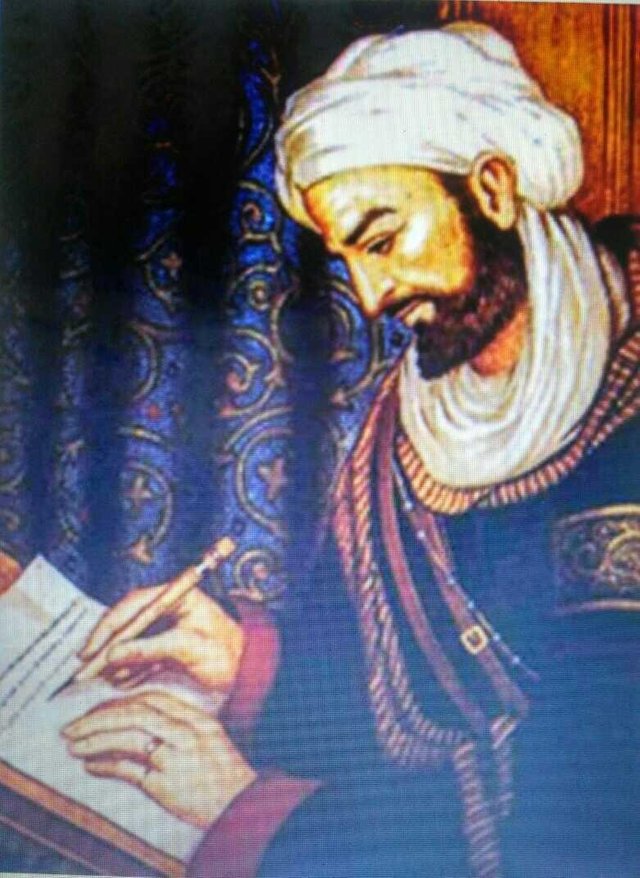
Ibn Sina, Father of World Medicine
Ibn Sina received the title of "Medicorum Principal" or "King of Doctor" by the Latin Scholastics. He was also given the title of "Drug King". In the Islamic world, he is regarded as "Zenith", the highest peak in medical science.
The title of asy-Sheikh ar-Rais (Grand Mahaguru Utama) also bears Ibn Sina for his services to heal illness.
The story begins when King Bukhara, Noah bin Mansur (reigned 366-387 H) fell ill calling Ibn Sina to treat and treat it. At that time Ibn Sina was 18 years old. At that time the sultan's illness was in severe condition and no other doctors managed to treat it. However, thanks to the help of Ibn Sina, the King recovered.
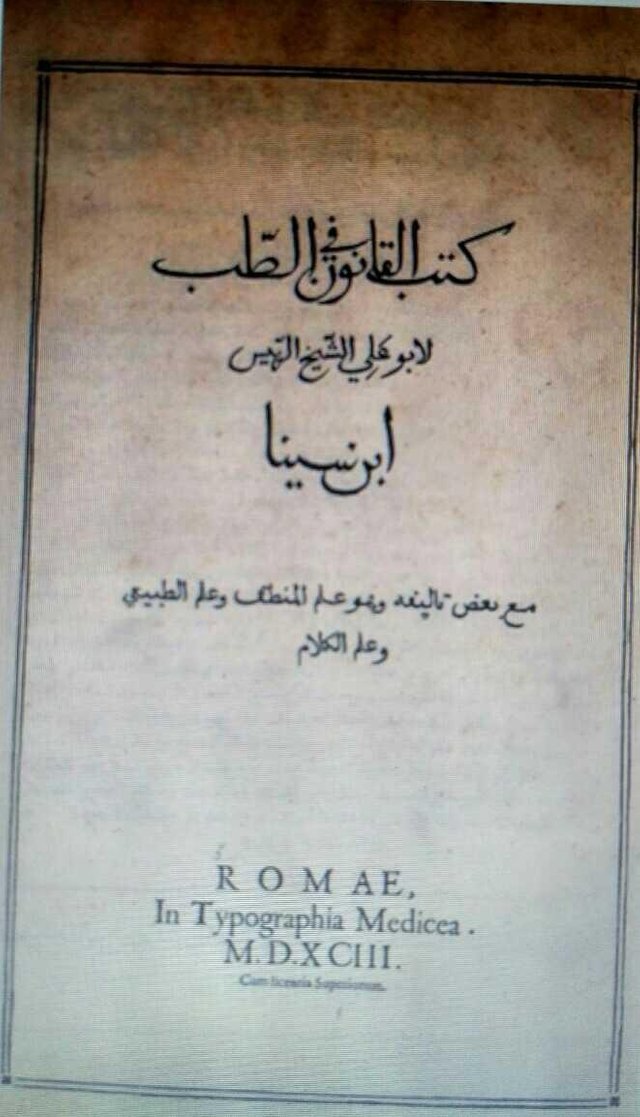
Ibn Sina, geographer
Ibn Sina is also a geographer who is able to explain how rivers relate and come from mountain-mountains and valleys. He was able to propose a hypothesis or theory which at that time failed to do by the Greek and Romani experts from Heredotus, Aristotle to Protolemaious. According to Ibn Sina "the towering mountains are the layers of the earth's crust, when they are struck, they are changed because the rivers are tearing down their edges. As a result of such a process, then there came the so-called valleys. "
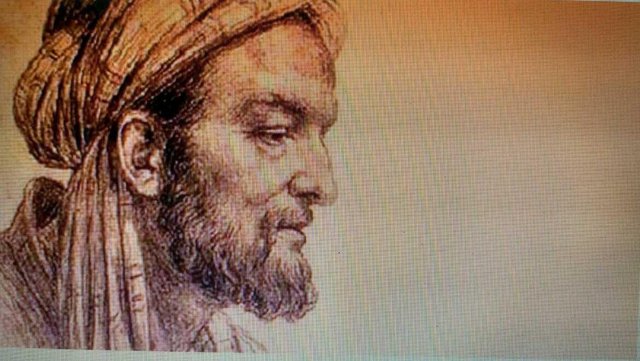
Ibn Sina, geologist, chemist, and cosmologist
Ibn Sina also contributed to science in geology, chemistry and cosmology. According to A.M.A Shushtery, Ibn Sina's essay on the science of mining (mineral) becomes a geological source in Europe. In the field of chemistry, he also left useful findings. According to Reuben Levy, Ibn Sina has explained that metal objects actually differ from one to another. Each metal consists of various types. The information has developed the chemistry pioneered by Jabbir Ibn Hayyan, the Father of Muslim Chemistry. Part of his work that can be noted here is rather than:
-The field of logic "Isaguji", "The Isagoge", the science of Isagoge logic.
-Fi Aqsam al-Ulum al-Aqliyah (On the Divisions of the Rational Sciences) on the division of rational sciences.
-The field of metaphysics, "Divinity" (Godly Sciences)
-Field of psychology, "Book of an-Nayat" (Book of Deliverence) book on the happiness of the soul.
-Fi ad-Din which has been translated into Latin into "Liber de Mineralibus" which is about possession (mimeral).
-Arabic literary field "Risalah fi Asab Huduts al-Letter", the treatise on the causes of the occurrence of letters.
-The field of poetry and prose "Al-Qasidah al-Aniyyah" poems about the human soul.
-Fictional romance stories, "Risalah ath-Thayr" story of a bird.
-Political field "Risalah as-Siyasah" (Book on Politics) - Book on politics.
The last days of his life, Ibn Sina still dedicate himself to science and people
In his old age, Ibn Sina fell ill with Colic's disease. It is said that the desire to heal is so strong that he once asked for medicine eight times a day. Despite her deteriorating condition due to her illness, she still remains active in the council sessions in Isfahan. Then when ad-Daulah intends to go to Hamadan, Ibn Sina forces participate in the group.
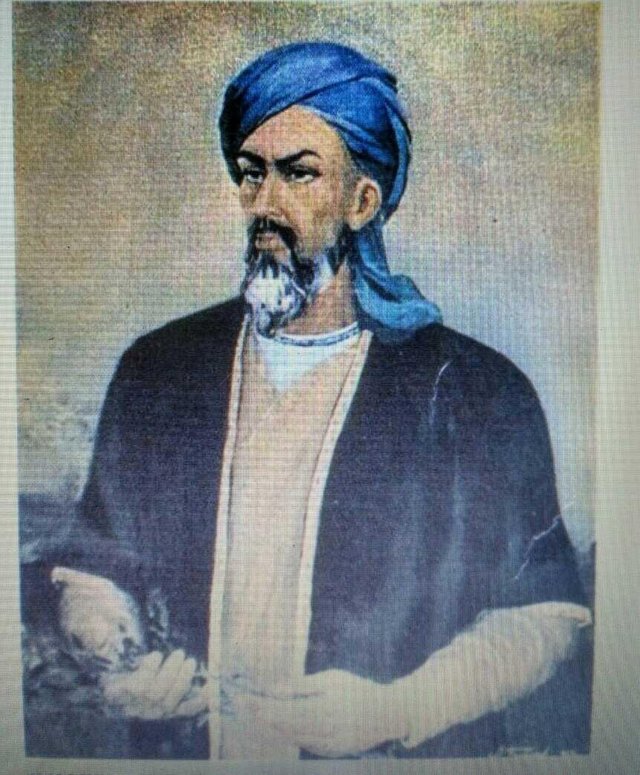
In his last days, Ibn Sina bathed, attached himself to Allah SWT, donated his wealth to the poor, defended the oppressed, helped the weak, liberated the slave, and diligently read the Qur'an so that he could finish it every three days once. All that he kept doing until death to pick up.
Ibn Sina died in Hamdan, at the age of 58 years in Ramadan 428 H / 1037 AD. He is buried there.
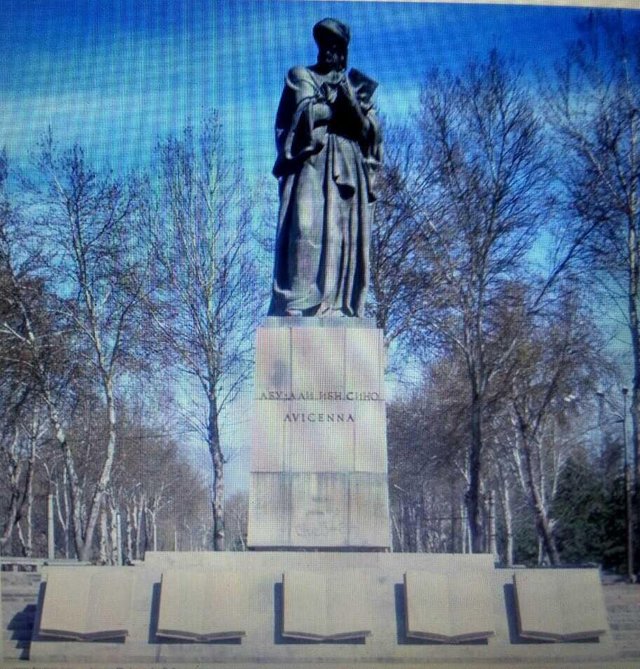
In order to commemorate his 1000th birthday (Fair Millennium) in Tehran in 1955 AD he has been crowned as the "Father of Doctor" forever-ever, and there (Tehran) has been awakened a historical monemun to it. His tomb in Hamdan is now surrounded by other Islamic doctors' tombs.
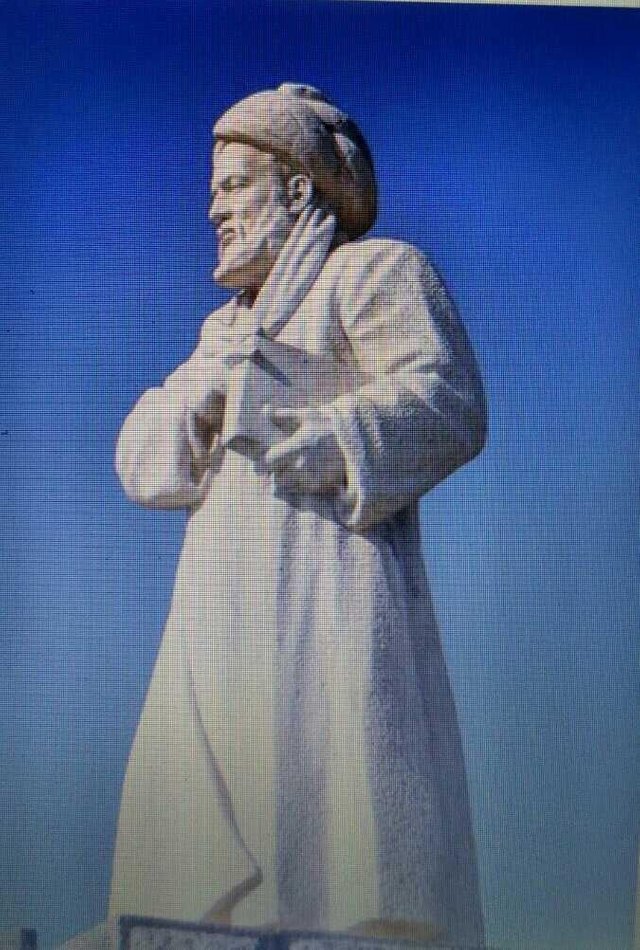
2.10% @pushup from @muhammadyusuf